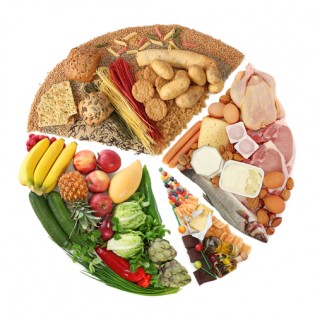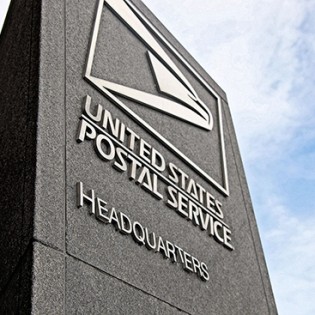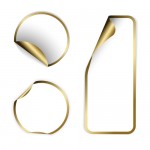Picture this scenario – you’re on the move with loved ones. It is a long road trip. You have to stop at a convenience store to get a snack. You only have a few minutes before you hit the road again. You get in the store, pick snacks, pay and off you go. What informed you choice? How does it become easy to pick snacks from brands you hardly know within a short time? What makes it easy for you to quickly make up your mind? It is easy – everything boils down to packaging and product labels. So if you are a product labeling expert, ignore product labels at your own peril. That fact aside, there is a new trend gaining momentum – opaque, translucent and transparent labels. Which of these three should one go for?
Opaque Labels
They do not transmit light. They come in handy where one wants to display specific information. It could be price, discounts or something to do with a promotion. It is worth noting that of all the three aforementioned label designs, the opaque label is the oldest one as well as the most popular one. Go for it if you want ‘to play safe’ or you simply do not want to risk trying the transparent or translucent option. Another perk that comes in handy with opaque labels is how easy they blend with the rest of the product packaging. Whether the packaging is entirely opaque, translucent or transparent, the opaque label will work just fine.
Translucent Labels
Translucent labels do not transmit light. Their frosty look means light scatters as it passes through the material. One can still see through the label though. This makes translucent labels ideal for snacks and just about any edible. Experts recommend them for fresh products with transparent packaging. However, unlike opaque labels, translucent labels do not come in handy when one wants to quickly and easy catch a consumer’s attention. That’s because they do not blend well with luminous colors and fonts which are always used for promotions.
Transparent Labels
They have quickly gained momentum over the years to evenly compete with opaque labels. They feature almost everywhere from snacks and beverages to fresh produce and even non-consumables. Part of the reason has everything to do with how transparent labels make it easy for a consumer to make up his mind. Transparent labels are also very easy to produce in mass. Like translucent labels, they are not ideal for making promotional labels.
Blending Your Options
Creativity plays a big role when it comes to designing product labels. This means you can easily blend opaque, transparent and translucent labels to come up with a unique design. The best way to go about it is to go for one part opaque and the other transparent or translucent and transparent. Mixing the three at a go is often not a good idea. Remember too to keep in mind the product you’re labeling. Wine will for instance, look good in a transparent bottle with an opaque label.







